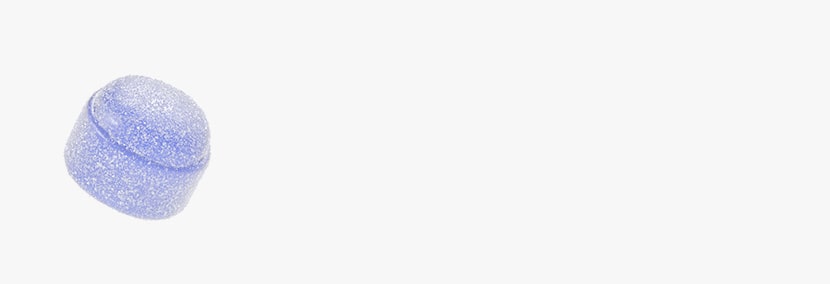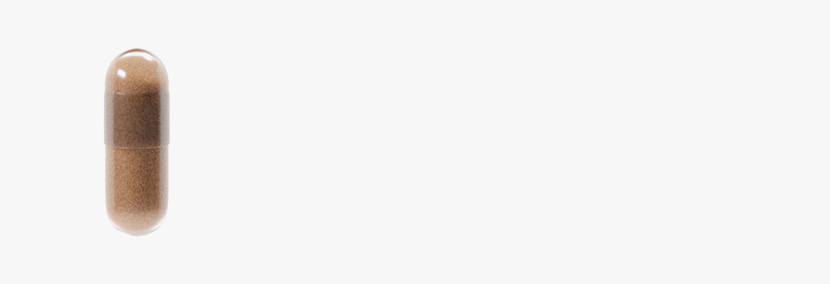EMLA cream
EMLA Numbing Cream for Tattoos
Jul 30, 2025
More than 5,000 years ago, Ötzi the Iceman, a mummy found in the Italian Alps, was discovered with 61 tattoos inked across his body. Many of these markings appeared near joints affected by arthritis, leading researchers to believe they may have been used for pain relief. Fast forward to today, tattoos have transformed from ancient remedies to modern self-expression, but one thing hasn’t changed: tattooing still hurts.
As body art becomes more mainstream, many people look for ways to make the experience more comfortable. One product gaining attention is EMLA cream, a topical anesthetic originally developed for use in minor medical procedures. While it wasn’t made specifically for tattoos, its lidocaine-based formula may help ease discomfort, especially for those with low pain tolerance or sensitive skin.
In this article, we’ll explore how EMLA works, the pros and cons of using it for tattoos, and the best ways to apply it safely for maximum comfort during your session.
Key Takeaways
- EMLA cream, originally developed for medical procedures, is commonly used off-label to numb the skin before tattoos, especially in sensitive areas.
- Its active ingredients, lidocaine and prilocaine, block nerve signals, providing 1–2 hours of pain relief when applied properly.
- Proper application involves cleaning the skin, applying a thick layer, covering with occlusion, waiting 60–90 minutes, and entirely removing it before the tattoo starts.
- While safe and non-invasive, EMLA may alter skin texture or interfere with the application of ink for some artists, so it is always recommended to consult your tattooist beforehand.
- Compared to tattoo-specific numbing creams, EMLA offers milder but reliable relief. It is ideal for short sessions or first-time clients.
- Users should be aware of possible allergic reactions and that EMLA’s use in tattooing is off-label, meaning it’s not officially approved for this purpose.
About: Trusted by over 2,000+ global clients since 2014, Maylips has become a leading supplier of cosmetic, skincare, and orthopedic products for medical and aesthetic professionals. Maylips offers a wide range of authentic brand-name products at competitive wholesale prices, sourced from around the world. If you’re looking to buy EMLA Cream online, contact our sales team for guidance.
Can EMLA Cream Be Used for Tattoos? Off-Label Use Explained
EMLA cream is a topical anesthetic commonly prescribed for minor medical procedures, including skin punctures and laser treatments. Interestingly, it’s also mentioned in medical guides on how to apply EMLA cream for premature ejaculation, highlighting its versatility in numbing sensitive areas when timed correctly.


While EMLA isn’t officially approved for tattooing, many people turn to it as an off-label solution to manage tattoo pain, especially on sensitive areas like the ribs, sternum, or feet. Its active ingredients, lidocaine and prilocaine, work by temporarily blocking nerve signals, dulling sensation in the applied area.
That said, tattoo artists are often divided on its use. Some caution that numbing creams can change skin texture or interfere with ink absorption, potentially impacting the quality of the tattoo. For this reason, it’s best to consult both a medical provider and your artist before applying EMLA, especially if you’re planning a large or detailed piece.
How to Apply EMLA Numbing Cream Before a Tattoo
For EMLA to deliver the best possible numbing effect, timing and method are everything. Applying it incorrectly or too close to your session may result in minimal relief or even skin irritation. Here’s a safe and effective way to prepare:
- Clean the Skin: Wash the tattoo area thoroughly with soap and water. Pat dry with a clean towel.
- Apply the Cream: Spread a thick, even layer over the full treatment area. Use about 1g per 10cm² of skin.
- Seal It: Cover with plastic wrap or a medical occlusive dressing. This step traps body heat, which enhances absorption.
- Wait 60–90 Minutes: Let it absorb for at least 60 minutes, up to 90 minutes for better numbing on deeper layers.
- Remove Completely: Wipe away all residue before tattooing begins. Leaving any on the skin could interfere with ink saturation.
When applied correctly, EMLA can provide relief for 1–2 hours, making it suitable for short to medium-length sessions. Avoid reapplying mid-session unless advised by a healthcare professional, as overuse may increase the risk of irritation or systemic absorption.
Benefits and Limitations of Using EMLA During Tattooing
Using EMLA for tattooing can transform the experience for many, particularly first-timers or individuals with low pain thresholds.
Benefits
- Reduces Pain Sensation: EMLA helps dull the sharp sting of the needle, especially helpful during outlining.
- Boosts Comfort and Confidence: Clients often feel more relaxed going into the session, knowing they’ll experience less pain.
- Pharmaceutical-Grade Formula: Unlike unregulated tattoo numbing products, EMLA has undergone rigorous clinical testing.
- Non-Invasive: Offers topical relief without the risks of sedation or oral medication.
Limitations
- Off-Label Use: Since it’s not formulated for tattoos, effectiveness can vary widely based on skin type and session duration.
- May Alter Skin Texture: Some artists say it creates a “rubbery feel” or slight swelling, which can affect how the needle moves.
- Short Window: Numbing usually wears off within 1–2 hours, potentially cutting short the benefit during longer tattoos.
- Allergic Potential: Sensitive skin may react to lidocaine or prilocaine, especially if used improperly or too frequently.
Comparing EMLA with Other Tattoo Numbing Products
If you’re exploring tattoo numbing options, EMLA is just one of several products available. Below is a quick comparison to help you decide which might best suit your needs:


| Product | Type | Strength | Duration | Notes |
| EMLA Cream | Cream (Rx/OTC in some) | 2.5% lidocaine + 2.5% prilocaine | 1–2 hours | Widely used off-label |
| TKTX Numbing Cream | Cream | Up to 10% lidocaine | 3–4 hours | Longer duration, may sting |
| Hush Gel | Gel | 4% lidocaine | Up to 2 hours | Designed for tattoo use |
| Numb 520 | Cream | 5% lidocaine | Around 1–2 hours | Over-the-counter, fast-acting |
While EMLA isn’t the most powerful option on the market, its trusted reputation and medical-grade quality make it a popular choice for smaller or less painful tattoos. For longer sessions, consider stronger alternatives. However, always review the ingredients and consult your tattoo artist before applying.
Conclusion
EMLA cream remains a reliable option for those seeking mild to moderate pain relief during tattoo sessions. Though it’s not officially made for tattooing, its use is widespread thanks to its proven safety record, gentle formulation, and easy accessibility.
Still, it’s not a one-size-fits-all solution. Its short duration, potential skin changes, and off-label status mean it’s best reserved for shorter sessions or sensitive areas. Discuss your plans with your tattoo artist beforehand and follow the application protocol carefully to get the most out of it.
If you’re considering EMLA, don’t forget to weigh the pros and cons, read up on side effects, and make sure it fits into your session goals. Whether you’re getting your first tattoo or your fifteenth, a bit of extra comfort can make the experience even more meaningful.
FAQs
1. Can I use EMLA cream before any tattoo session?
Yes, but check with your tattoo artist first. Some may not allow numbing creams due to skin texture concerns.
2. How long should I leave EMLA on before my appointment?
Leave it on for about 60 minutes under occlusion for best results. Wipe off right before tattooing begins.
3. Will EMLA completely eliminate tattoo pain?
No. It helps reduce pain, especially early in the session, but you may still feel discomfort as the numbing fades.
4. Are there risks to using EMLA on tattoo areas?
Possible side effects include redness, itching, or temporary skin reactions. Do a patch test if you’re unsure.
5. Can I reapply EMLA during the tattoo session?
Reapplication is not typically recommended mid-session, as the skin is already broken. Only do so under medical guidance.
6. Is EMLA better than other numbing creams made for tattoos?
EMLA is reliable but milder. Tattoo-specific creams may offer longer or deeper numbing effects.
7. Is EMLA available without a prescription?
In some countries, yes. In others, it may require a prescription. Always follow local regulations.
Talk with our sales representative.
Book a Meeting
References
Scallan M. Ancient Ink: Iceman Otzi has world’s oldest tattoos. Smithsonian Institution. Published December 9, 2015. https://www.si.edu/stories/ancient-ink-iceman-otzi-has-worlds-oldest-tattoos
Kumar M, Chawla R, Goyal M. Topical anesthesia. J Anaesthesiol Clin Pharmacol. 2015;31(4):450-456. doi:10.4103/0970-9185.169049





